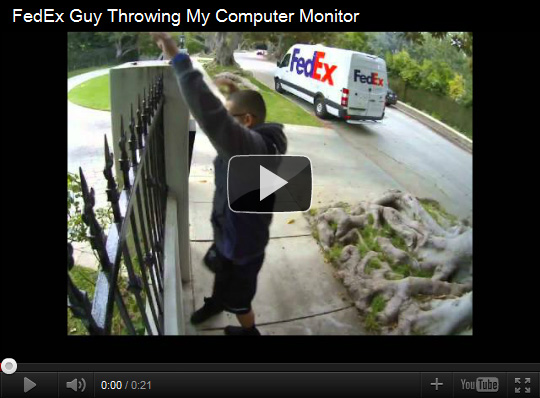Recently, I was talking with a client who was reluctant to set up a profile on Google Places for his business.
“What if people leave negative reviews?,” he asked. “You can’t do anything about it, can you?”
A valid point. Unlike a WordPress blog or even a Facebook page, profiles in Google Places (and many other business listings locations around the web) do not permit the business owner to remove negative comments. Most of the time, a concern like this isn’t because the business is in the habit of disappointing the majority of its customers — usually businesses are worried about more insidious scenarios such as competitors working to gain advantage by leaving false reviews.
I shared with this particular client what I share with all of our other clients and trainees: monitor your listings and respond. It’s unrealistic for any customer to expect that you’ve never disappointed anyone or that other customers of yours haven’t ever had a bad experience. Every business does it, even with the very best of intentions.
What is far worse than seeing negative comments on a business listing (or Facebook page, Twitter account, Foursquare Venue, etc.) is seeing unresponded-to negative comments.
When you don’t respond, future customers are left to reach their own conclusions without your input. Did you try to resolve the issue? Was it a real customer? Do you care?
If you don’t respond… they are right to assume the worst.
If you do respond, you have the opportunity to show what you’re made of, and what it means to your business when a customer has a bad experience.
Consider the person who was running a video camera when this FedEx employee tossed (yes… tossed) his new computer monitor:
It doesn’t get much worse than that. FedEx mishandled his package… and there was proof! (Even if this were a malicious smear campaign, would’ve been nearly impossible to fake.)
Many brands have famously had terrible mishaps right out in the open — and in the age of blogs, social media and YouTube, it can be hard for even the most determined businesses to cover up their mistakes. With this one… no way. There are nearly 3 million views on the video after only 2 days.
So how did FedEx handle the situation? By responding with a YouTube video of their own:
The company also published a blog post to match. Was the video highly rehearsed? Was it sanitized through a few layers of PR and other consultants? Probably so. Nevertheless, FedEx did was was critical to do: communicate their regret over their customer’s very real negative experience, talk about what happened and how it contradicts their intentions and policies, explain that the issue has been resolved to the customer’s satisfaction… and even hint about some consequences for the at-fault employee.
Nicely done.
Can you do the same? Hopefully, your business will never be proven to have done something this contradictory to your intentions. But even if it were to happen… you can respond. People respect someone who can admit their mistakes and talk about plans to avoid repeat occurrences. And your customers — both present and future — will too.
H/T: Mashable


Trackbacks/Pingbacks